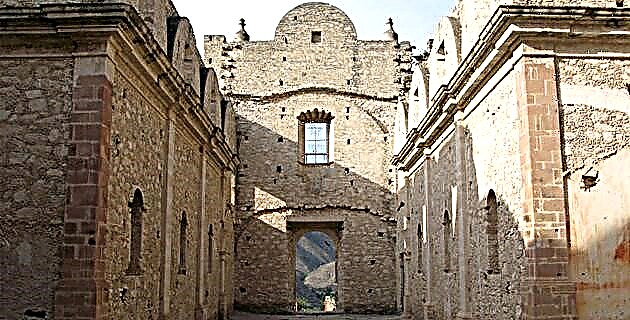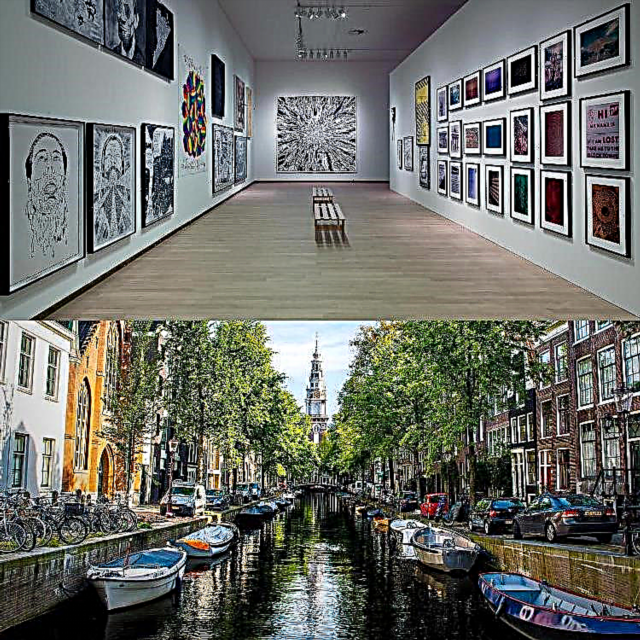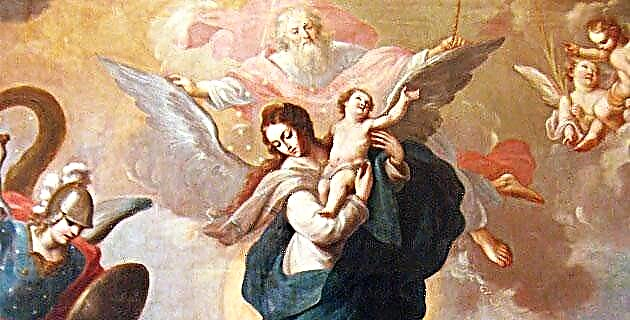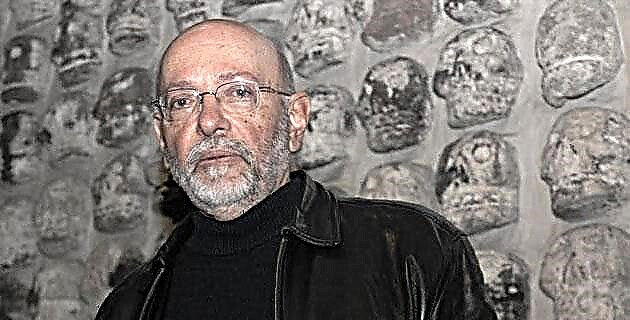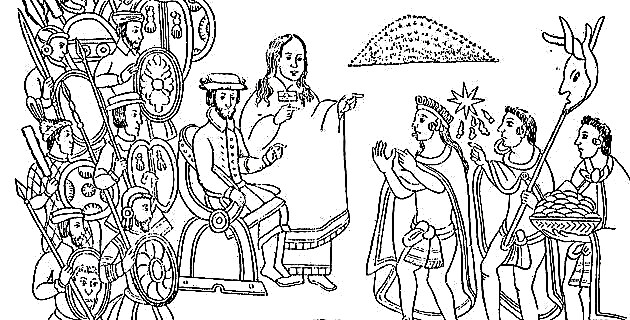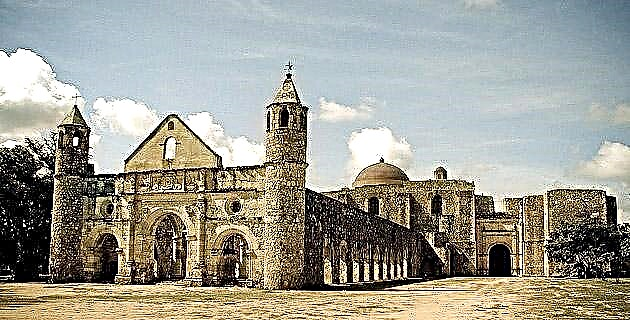
Discover some of the historical monuments of the state of Oaxaca.
CALPULALPAN DE MENDEZ Temple of San Mateo. Building completed at the end of the 17th century. The façade is decorated with two façades, in which baroque and classicist elements are combined. This temple is notable for being one of the few that still preserves the wooden roof covered with tile, as well as for the collection of altarpieces of various types and themes that it houses inside.
CITY OF OAXACA Aqueduct of Xochicalco. Built in the early 18th century, it supplied water to the city of Oaxaca from the nearby town of San Felipe.
House of Cortés. It is an 18th century construction belonging to the Pinelo mayorazgo. It presents a magnificent stonework on the façade and its general composition is typical of the region in the Colony. Inside it preserves vestiges of mural painting and now houses the Museum of Modern Art.
House of Juarez. It was actually the home of Father Antonio Salanueva, who received Benito Juárez as a child, upon his arrival in the city from Guelatao. Now it houses a museum with objects related to the Benemérito.
Cathedral of the Assumption of Our Lady. This building is, at the same time as one of the most important in the region, a synthesis of the history and the characteristic forms of the architecture of Oaxaca. The construction of this first church of some importance in the area began in 1535 and was completed in 1555, with the purpose of becoming the seat of the Diocese of Antequera. However, as in many other buildings, the earthquakes destroyed it and forced its reconstruction.
The one now observed is the third, begun in 1702 and consecrated in 1733. It shows the proportions that are indispensable in a seismic zone, to which the absence of tall towers and large domes also correspond. Thus, the most notable element is the façade, decorated with splendid sculptural reliefs representing the Assumption of the Virgin crowned by the Holy Trinity. Inside, it keeps numerous treasures, among which are: the main altar, the choir stalls, the tubular organ, the paintings from the 18th century and the images and relics contained in its fourteen side chapels.
The Carmen Alto. The construction of the church and the convent began around the year 1669 by the Carmelites in the place occupied by the hermitage of the Holy Cross, and was completed around 1751. The location of the complex, on a firm rocky mantle, allowed it to resist with The constant earthquakes had some success, although it was severely damaged during the 19th century, when a prison and a barracks were installed here. Its façade, in a baroque style, imitates that of the Temple of Carmen in Mexico City.
Ex-Convent of Santa Catalina de Siena. The first of the monastic monasteries of the city of Oaxaca and also of the Dominican nuns in New Spain. It was founded on February 12, 1576 and modified during subsequent centuries, always according to the original plan. After the exclaustration of the nuns, it received various uses that significantly altered it; It now houses a hotel, however it is still possible to observe its magnificent layout.
The mercy. Establishment built by Mercedarian friars with the purpose of having a house between Mexico City and the province of Guatemala. The first temple, opened in 1601, was severely affected by earthquakes; the one that can now be seen was built in the middle of the 18th century. The convent has practically disappeared. On the façade of the temple, the representations of the Virgin of Mercy stand out in the central niche and that of San Pedro de Nolasco, in the upper one. In the interior nave an interesting relief is preserved that compensates for the absence of wooden altarpieces.
Blood of Christ. Simple and harmonious construction, consecrated in 1689. The facade shows a sculpture of the archangel Uriel; Inside, it keeps a Holy Trinity carved in wood from the 18th century, and a canvas from the same period.
San Agustin. Augustinian establishment that apparently began to be built in the 16th century, although the convent was completed in the 18th. The complex was affected by the earthquakes and rebuilt at least once. The sober façade of the temple is in the Baroque style and stands out for the magnificent central relief that represents Saint Augustine as the father of the Church, which he holds with one hand. The main altarpiece, dedicated to the same saint, preserves several canvases among which the coronation of the Virgin by the Holy Trinity stands out.
San Francisco and the Chapel of the Third Order. They stand out among the few buildings erected by the Franciscans, in a region whose evangelization was the primary task of the Dominicans. Its construction began at the end of the 17th century and was completed in the middle of the 18th, while the facade of the main temple, in the Churrigueresque style, is unique in Oaxaca; that of the chapel stands out for its sobriety, simply adorned with sculptures of saints framed by pilasters. In the rectory there is a collection of paintings from the 17th and 18th centuries.
Temple of the Company. Founded by Jesuits in the 16th century, nothing remains of the initial establishment, as it was severely and continuously affected by earthquakes like few others in the Oaxaca region, forcing constant reconstructions. The dimensions and volume of its buttresses, erected in some of the repairs to which it was subjected, are a clear indication of the purpose of avoiding further damage to the structure by seismic movements. Inside it keeps an interesting golden altarpiece.
Temple of San Felipe Neri. Philippine establishment, construction began in 1733 and by 1770 its facade was completed; work continued until the 19th century. Highlights: its main portal, an excellent example of 18th century Baroque, in which it shows the image of San Felipe Neri, its extraordinary main altar and the art nouveau paintings that adorn the interior walls.
Temple of Santa María del Marquesado. Originally a separate town from the city, in this place there was a 16th century temple; the one we see now was probably built in the 17th century. The establishment was administered by Dominicans and depended on the convent of San Pablo.
The composition of the building aims to lessen the effect of earthquakes; Despite this, the towers that it now shows were restored, as the previous ones collapsed due to the earthquakes of 1928 and 1931.
Temple of Solitude. Its construction began in 1682 and reached its completion towards the end of the century. The main facade, the best example of quarry carving in the city of Oaxaca, presents sculptures framed by pilasters of different types, which makes it a kind of summary of viceregal art; the inset above the entrance shows the Virgin at the foot of the cross.
The interior of the temple preserves neoclassical altarpieces, paintings of European origin and the 18th century, as well as an image of the Virgen de la Soledad on the main altar.
According to legend, the sculpture that was transported to Guatemala decided to stay in front of a small hermitage dedicated to San Sebastián, leading to the founding of this temple.
Temple and Ex-Convent of Santo Domingo. It was the first and most important establishment of the Dominicans in Oaxaca. Most of it was built between 1550 and 1600 and represents, without a doubt, one of the most relevant architectural and artistic achievements in New Spain. The temple was opened to worship in 1608. It stands out for its extraordinary interior decoration, one of the most important examples of the Mexican Baroque, built mainly with polychrome and decorated plasterwork. Among the numerous interior treasures of the temple, they stand out; the genealogical tree of Santo Domingo Guzmán (founder of the order) in the vault of the sotacoro and the plasterwork of the corrido canyon, which are complemented by paintings with landscapes of the old testament and the lives of Christ and the Virgin. In 1612 a sumptuous main altarpiece made by the painter Andrés de la Concha was placed; unfortunately it was totally destroyed by the military in the 19th century. The one that is now observed, also of excellent manufacture, was replaced in the middle of this century. The convent was adapted to house the Regional Museum of Oaxaca.
COIXTLAHUACA Temple and Ex-Convent of San Juan Bautista. This Dominican complex, completed in 1576 as recorded on its façade, constitutes one of the most peculiar examples of art and architecture in New Spain from the 16th century. While its arrangement resembles the typical of the time, consisting of the temple, cloister, open chapel and atrium; Its decoration, mainly that of the exterior of the temple, presents certain unique features, in addition to magnificent sculptures, among which the group formed by Saint John the Baptist stands out, flanked by Saint Peter and the Apostle Saint James, on the side portal; an ornamentation made up of shell-shaped niches, large rosettes, medallions and symbols of passion. The one seen today, in the Churrigueresque style, was built in the 18th century, taking advantage of elements from the original 16th century altarpiece. Mainly the stewed wood carvings and the boards painted by Andrés de la Concha.
CUILAPAN House of Cortés. Because it was one of the four towns granted to the Marquis of the Valley of Oaxaca, Hernán Cortés, the conqueror, established a residence in it. According to researcher J. Ortiz L., the remains of this construction are found on one side of the Main Plaza. They consist of a wide wall, whose construction system indicates that it was built in the 16th century; In it there is a high quality mullioned window, a shield with the interpretation of the kingdoms of Castile and Aragon and another that shows the same characteristics of the coat of arms granted to Hernán Cortés by the King of Spain.
Temple and Ex-Convent of Santiago Apóstol. This was one of the great settlements of the region at the time of the Spanish Conquest; at first it was in charge of the secular clergy, until 1555 when the Dominicans took possession of the establishment. These friars moved the town to the Valley and began the construction of a large convent complex located on a hill.
The construction of these first buildings was suspended by royal order in 1560 and the church was left unfinished forever; even now his remains are witnesses of the magnificence projected by the Dominicans. On one of its walls there is an interesting tombstone with Mixtec inscriptions and the Christian date of 1555. When the work was restarted, a new temple was started, also powerful; to the degree that, at the time, it rivaled the cathedral of Oaxaca itself. The same can be said of the convent, once among the most important of the Dominican order, which abandoned it in 1753. The temple houses an altarpiece with paintings attributed to Andrés de la Concha; and the remains of Fray Francisco de Burgoa.

